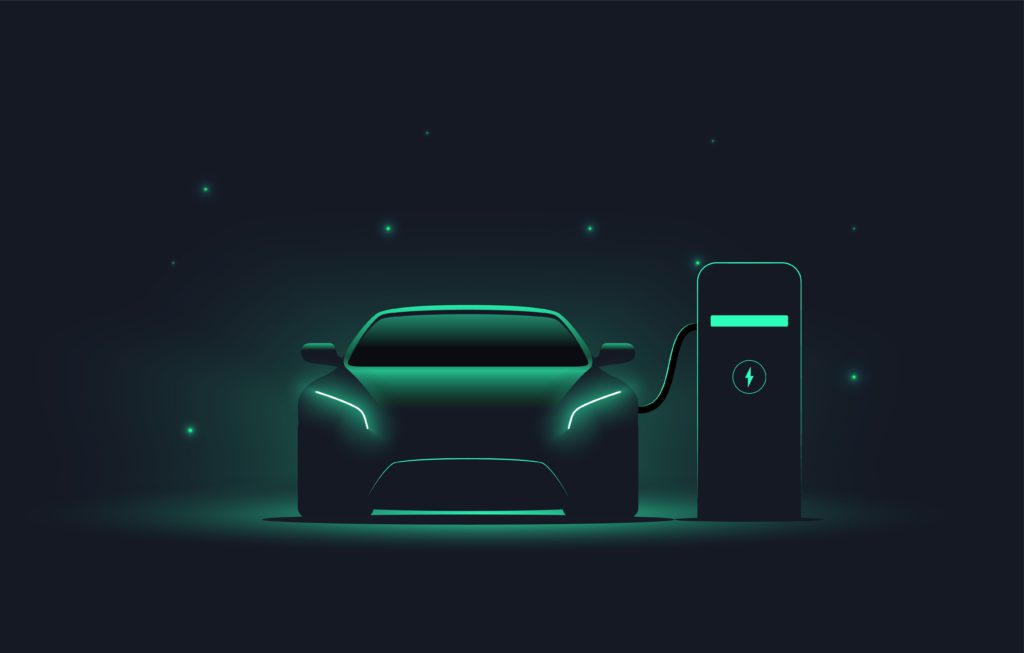What is an EV?
29 September 2021

The automotive industry is undergoing a fundamental change as the age of electromobility dawns. But what is an EV, or electrically chargeable vehicle? Autovista24 deputy editor Tom Geggus unpacks some of the key terms defining the electric era of transportation.
To get notifications for all the latest videos, you can subscribe for free to the Autovista24 YouTube channel.
Transcript – What is an EV?
What is an EV? I’m Tom Geggus, Autovista24 Deputy Editor here with your handy ‘What Is?’ definition. In this packed episode we’re going to explore all the different terms which come up when people talk about electric mobility.
BEVs and PHEVs
Now, a great place to start is all the different names. When Autovista24 references an electrically-chargeable vehicle or EV for short, this covers both BEVs and PHEVs because they can both charge with a plug. What are BEVs and PHEVs? Well, a battery electric vehicle or BEV for short is totally electric. It’s powered by battery and driven by motors. This is different from a plug-in hybrid electric vehicle or PHEV for short. These use both an electric drive and a petrol or diesel internal combustion engine which is also known as an ICE.
So, Autovista24 does not classify electric hybrids or HEVs as electrically-chargeable vehicles. This is because their battery is charged by the engine or regenerative braking, but what is regenerative braking I hear you ask? Well, it’s a key feature in many EVs and even some internal combustion engine powered vehicles. It uses kinetic energy built up by the car to recharge the battery instead of it being wasted through traditional friction-based braking.
How EV charging works
In an EV the electric motor runs in two directions. One to drive the wheels and the other to recharge the battery when pressure comes off of the accelerator and onto the brake the motor swaps directions and starts to put energy back into the battery, but what about other means of charging? What about plugging in your vehicle? Charging cables tend to have two connectors, one end plugs into the vehicle and the other into the charging point. The connectors will vary by vehicle and power output. EVs have either an alternating current AC type 1 or type 2 socket for slow to fast charging, normally used at destinations and a direct current DC combined charging system CCS or CHAdeMo port for rapid charging which is more likely to be on the go, but how much power can these plugs supply?
Well, electricity is all a matter of watts. Watt is the rate of energy flow. So, a light bulb might require a flow of 60 watts, but an EV motor’s maximum output might be around 300,000 watts, but don’t worry we would simply say 300 kilowatts (kW) as there are a thousand watts in a kW. However, these are only snapshots of power usage. Kilowatt-hour (kWh) is what’s used to actually describe the capacity of an EV battery.
Now, if you’re still confused please don’t worry. Instead of a battery try to imagine a swimming pool. kWh is the amount of water that the pool can hold while kW is the rate at which water will flow into the pool. Now, let’s put all of this together. A BEV with a 75kWh battery pulls up next to a rapid charger. It’s capable of recharging at 115kW with a CCS plug. It can boost this battery from 20% to 80% in around 60 minutes and of course, it’s worth remembering as charging and battery technology just keeps on improving, these figures are likely to keep improving over the coming years.
Thank you so much for watching this video. Are there any other automotive terms you would like us to define? Then go ahead and leave us a message in the comments below and if you’ve enjoyed this video then give us a like and don’t forget to subscribe.
Thank you so much for watching, we’ll catch you next time.



